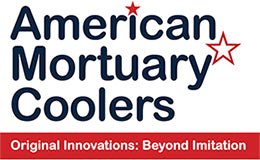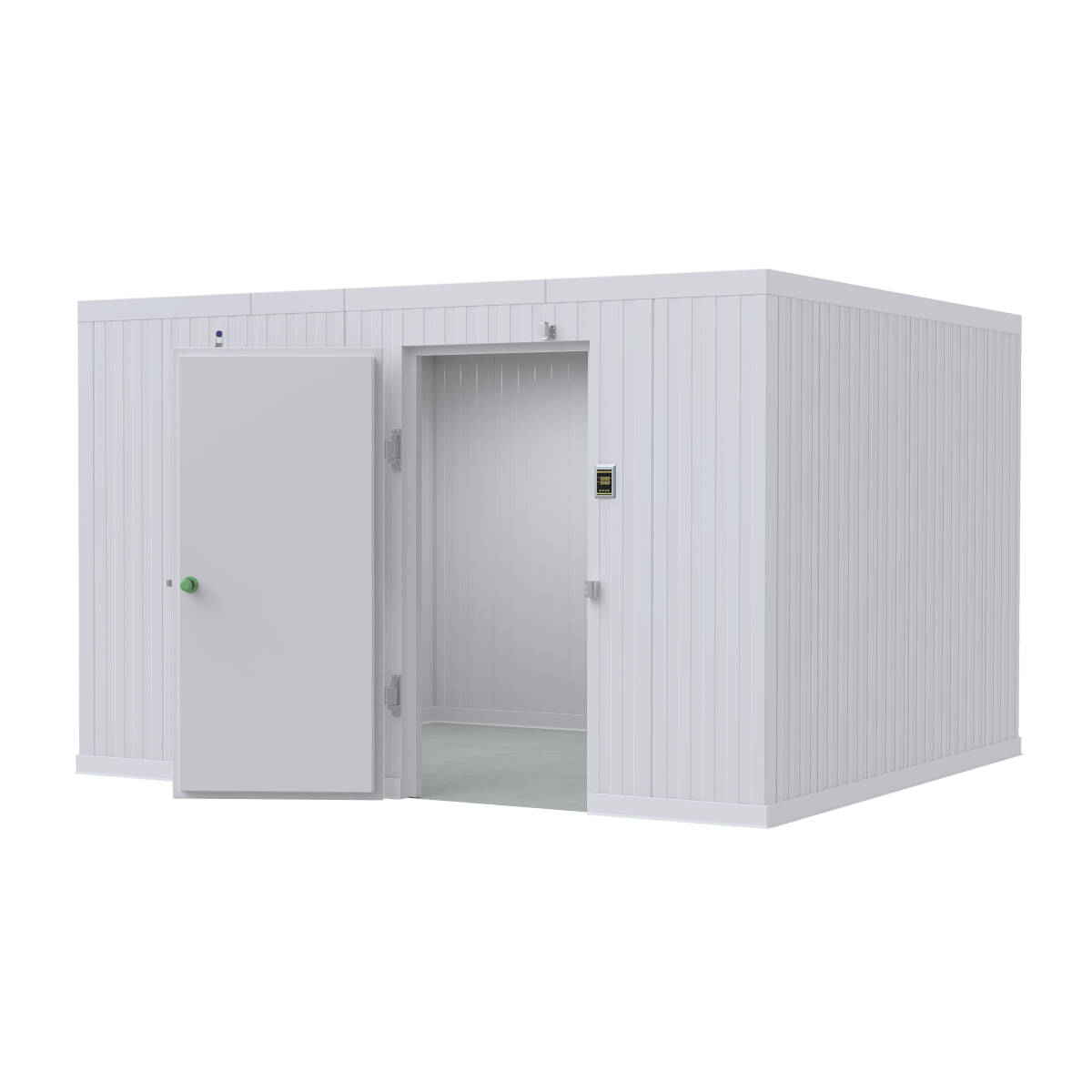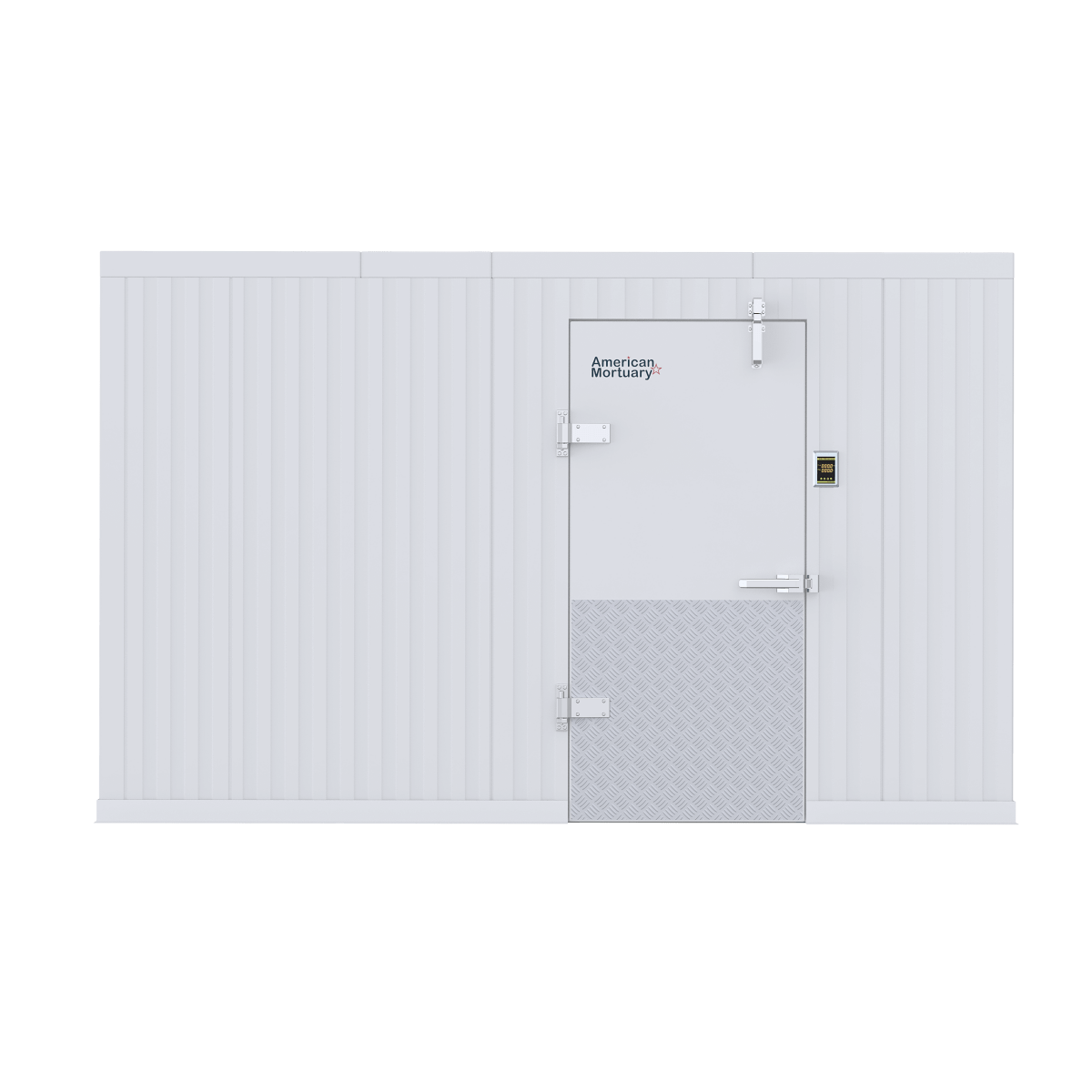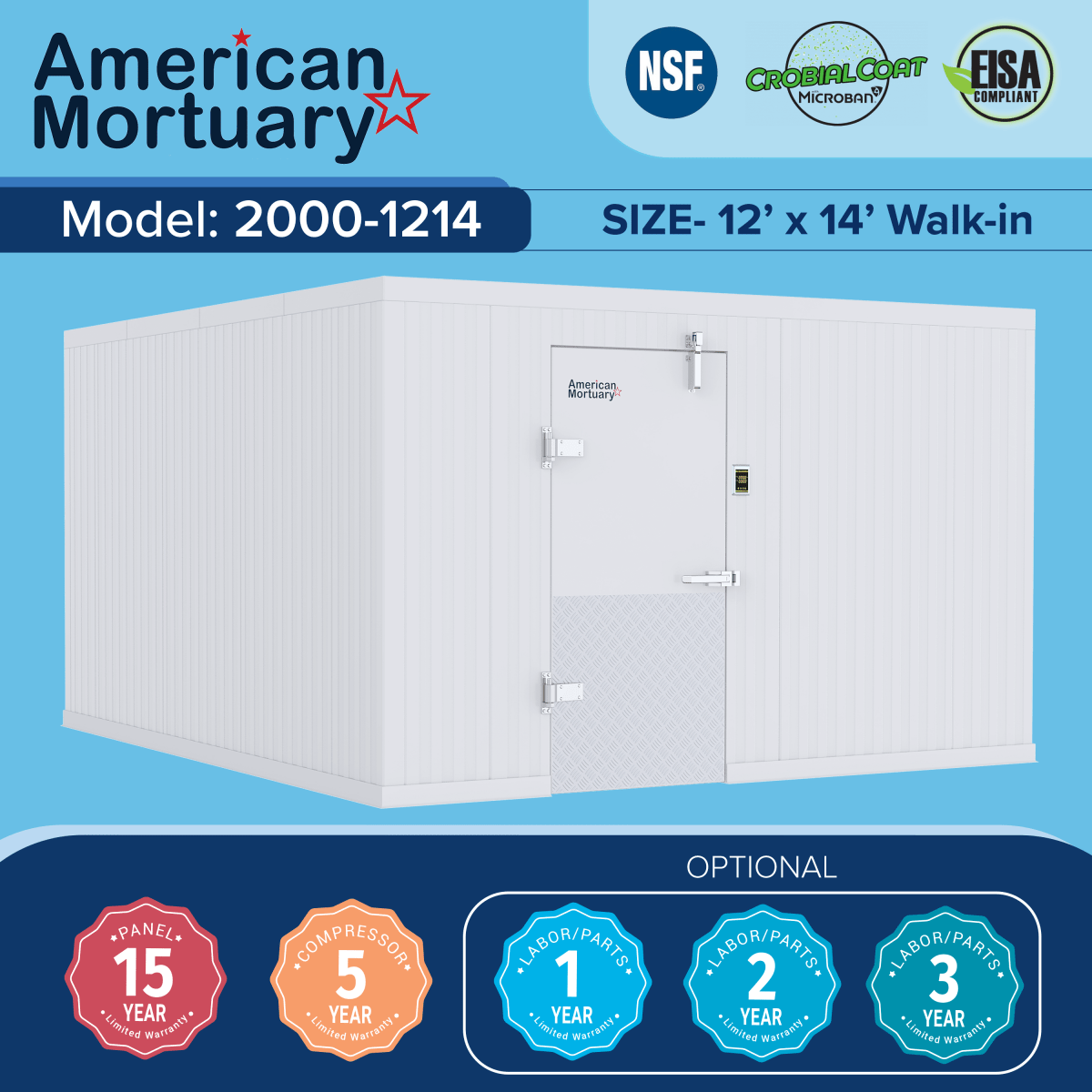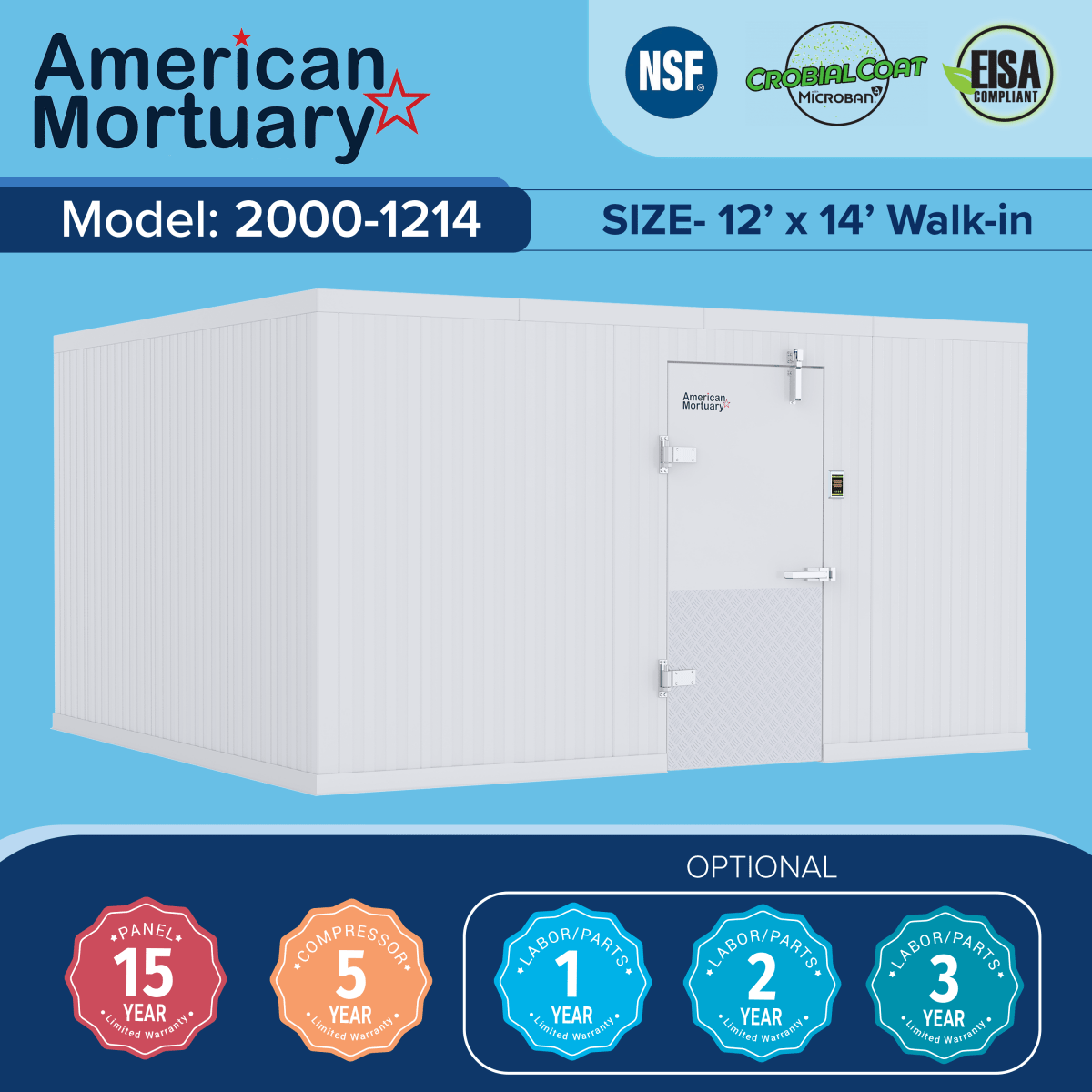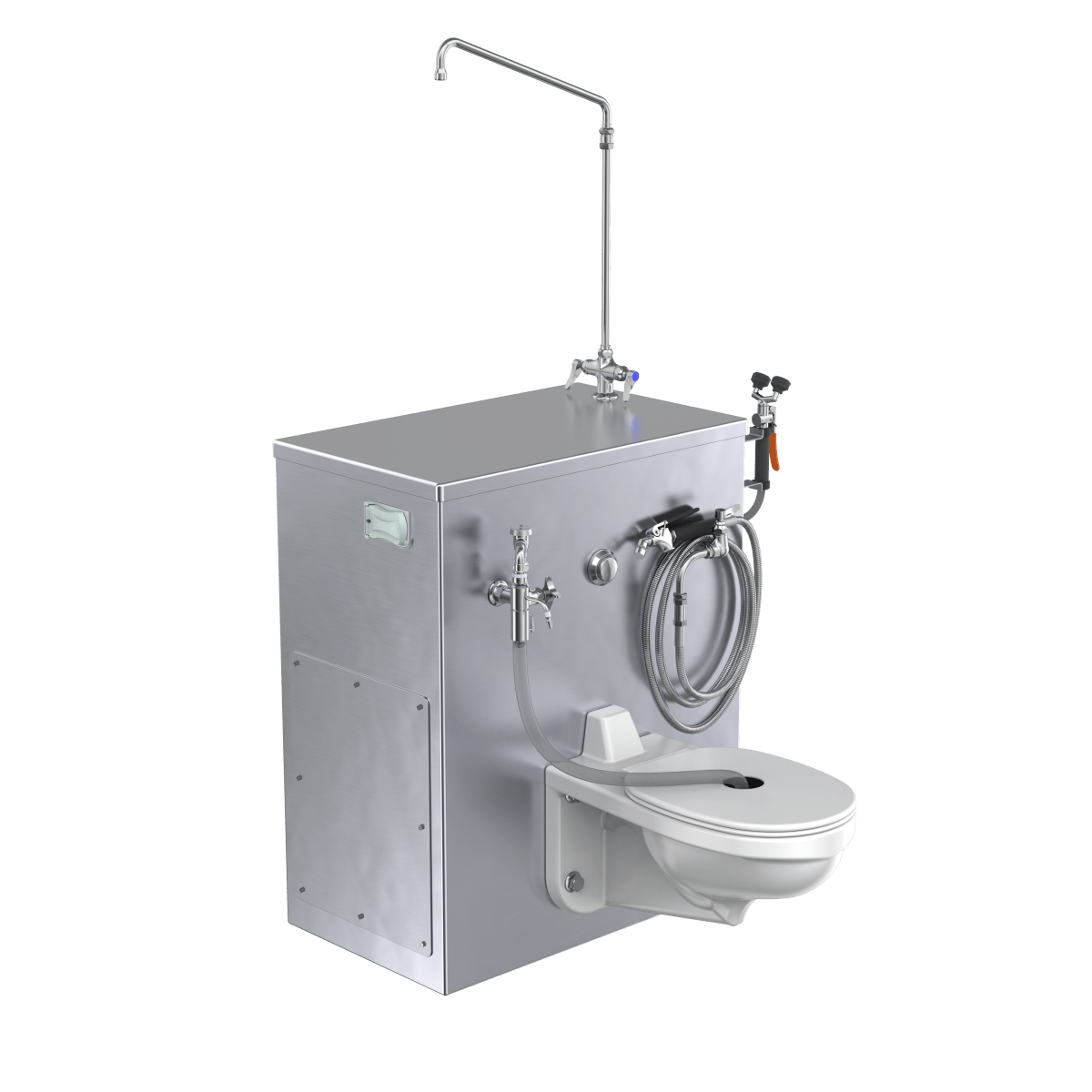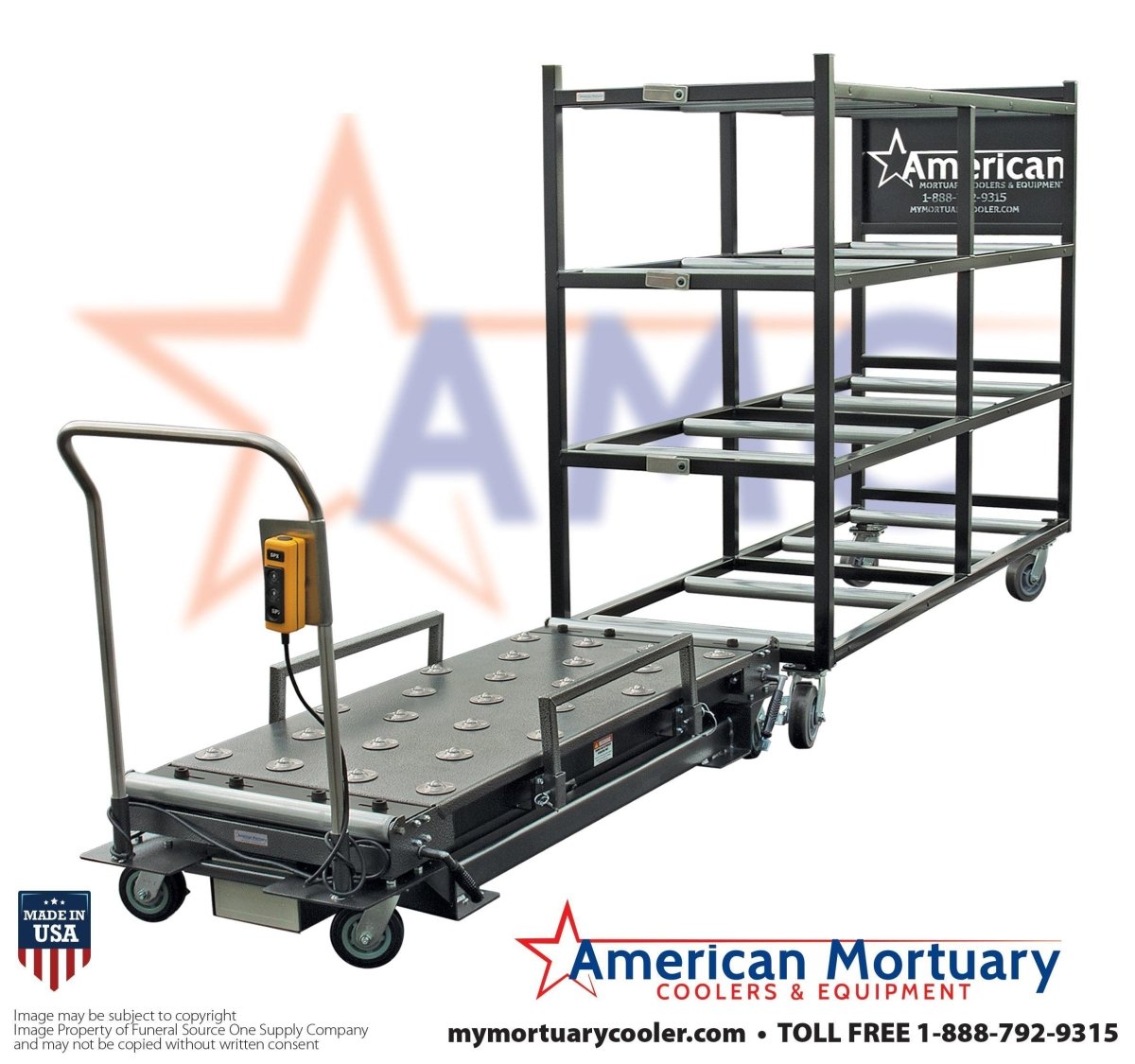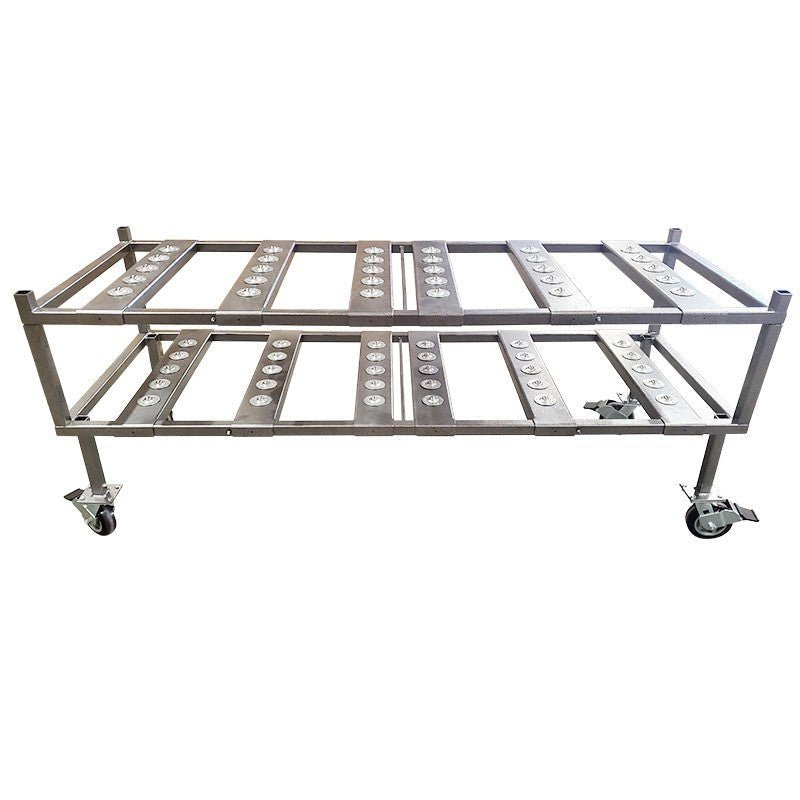The Foundation of Dignified Care – Investing in an Embalming Table
In the sensitive and essential work of funeral services, every piece of equipment plays a critical role in ensuring dignity, efficiency, and safety. Among the most fundamental is the embalming table. More than just a surface, it's the workstation where meticulous care is given to prepare the deceased, a process demanding precision, hygiene, and ergonomic support for the embalmer.
For funeral home owners, mortuary managers, and procurement officers in 2025, the decision to purchase a new embalming table goes beyond simply picking a model. It involves a careful consideration of various factors that collectively determine the "embalming table cost." This can be a complex landscape, with prices varying wildly based on features, materials, and specialized functionalities. This comprehensive guide aims to demystify the investment, providing a detailed breakdown of all the elements contributing to the total cost. Our goal is to equip you with the knowledge to make an informed decision, ensuring you acquire a table that meets your operational needs, adheres to safety standards, and fits within your budget, ultimately supporting the highest standards of care.
Beyond the Price Tag: What Shapes Embalming Table Costs?
The cost of an embalming table isn't a fixed figure; it's a dynamic sum influenced by design, material, features, and specific industry requirements. Understanding these components is key to accurate budgeting. Let's explore the primary factors that contribute to the overall embalming table cost:
1. Embalming Table Type: Stationary, Adjustable, or Portable
The fundamental design of the table significantly impacts its price, driven by construction complexity and functionality.
* Stationary Embalming Tables: These are fixed-height tables, often the most basic and economical option. They are sturdy but lack the flexibility of height adjustment.
* Pros: Lower initial cost, highly durable.
* Cons: Lack of ergonomic flexibility for embalmers of different heights, can contribute to back strain over time.
* Cost Range: Typically $1,000 to $3,000.
* Adjustable Height Embalming Tables (Hydraulic or Electric): These tables offer significant ergonomic advantages, allowing the embalmer to adjust the working height.
* Hydraulic Tables: Manual foot-pedal or hand-lever operation to raise or lower the table using hydraulic fluid. Generally more affordable than electric.
* Cost Range: Approximately $2,500 to $6,000.
* Electric Tables: Motorized height adjustment, often with push-button controls. Offer the greatest ease of use and precision. Some advanced models include trendelenburg or reverse trendelenburg tilts.
* Cost Range: Generally $4,000 to $9,000+, with highly featured models reaching even higher.
* Pros: Superior ergonomics, reducing physical strain, adaptable for multiple users, improved comfort and safety during long procedures.
* Cons: Higher initial investment, potential for maintenance on hydraulic/electric components.
* Portable/Folding Embalming Tables: Designed for flexibility, often used in smaller facilities, for off-site preparations, or as backup. They are typically lighter and can fold for storage.
* Pros: Space-saving, transportable, useful for multi-purpose prep rooms.
* Cons: May not be as robust or stable as stationary tables, might have lower weight capacities, potentially less comfortable for extended use.
* Cost Range: From $800 to $3,000.
2. Materials and Construction: Durability and Hygiene
The materials used are crucial for durability, ease of cleaning, and resistance to corrosive embalming fluids. This is a primary cost driver.
* Stainless Steel: The industry standard. High-grade (e.g., 304 or 316) stainless steel is highly resistant to corrosion, easy to sterilize, and extremely durable. This is the most common and recommended material.
* Impact on Cost: Tables made entirely of high-grade stainless steel will be at the higher end of the price spectrum, but offer superior longevity and hygiene.
* Heavy-Gauge Tubing/Frames: The gauge (thickness) of the steel tubing used for the frame impacts the table's stability and weight capacity. Thicker gauge means a sturdier, more expensive table.
* Seamless Welds: High-quality tables feature seamless, polished welds, which prevent bacterial accumulation and make cleaning easier, contributing to a higher manufacturing cost.
* Fiberglass or Composite Tops: Some tables might feature fiberglass or composite tops over a steel frame. While lighter and potentially less expensive, their long-term durability and resistance to staining/chemical damage might not match stainless steel for heavy use.
3. Key Features and Integrated Technologies
Modern embalming tables come with a range of features designed to improve workflow, safety, and hygiene. Each feature adds to the cost.
* Drainage Systems:
* Integrated Drainage Troughs: Standard for capturing fluids. Higher-end tables may have more sophisticated, wider, or deeper troughs with better slopes for efficient drainage.
* Hydro-Aspiration Systems: Some tables can integrate with or facilitate direct connection to hydro-aspirators for efficient fluid removal.
* Removable Drain Pans/Buckets: For easy disposal of fluids.
* Fluid Disposal Mechanisms: Some tables have built-in systems for fluid disposal, which may connect directly to the facility's plumbing, adding to the table's complexity and cost.
* Body Supports/Restraints: High-quality tables include durable, often adjustable, body supports and restraint straps for safe positioning.
* Casters/Wheels:
* Locking Casters: Essential for stability during procedures. High-quality, non-marking, heavy-duty casters add to the cost but ensure mobility and safety.
* Trendelenburg/Reverse Trendelenburg Tilt: Allows for tilting the table head-down or feet-down, aiding in fluid drainage and positioning. This is a common feature on electric adjustable tables and adds value.
* Integrated Weighing Scales: Some advanced tables come with built-in digital scales, which can be invaluable for accurate chemical calculations. This is a premium feature.
* Accessory Rails/Mounts: For attaching lights, instrument trays, or other specialized tools.
* Hot/Cold Water Connections: Rarely integrated directly into the table, but the table's design might facilitate easy connection to external hot/cold water sources.
4. Accessories and Add-Ons
While not always part of the base table price, essential accessories contribute to the overall investment.
* Body Elevators/Head Blocks: For positioning the deceased.
* Arm Rests/Blocks: For improved embalmer ergonomics and access.
* Instrument Trays: Attachable or stand-alone trays for tools.
* Foot Rests: For embalmer comfort.
* Specialized Lighting: Task lighting specifically designed for the embalming area.
* Cleaning Supplies: Specialized disinfectants and brushes compatible with table materials.
* Drains/Hoses: Replacement or specific sizes of hoses and attachments for drainage.
5. Installation and Setup Considerations
While embalming tables are generally less complex to install than, say, a walk-in cooler, there are still cost factors related to setup:
* Assembly: While many tables arrive largely assembled, some may require minor assembly. If professional setup is needed, factor in labor costs.
* Plumbing Connections: If the table has direct drainage connections, a licensed plumber may be needed for proper installation and to ensure compliance with local codes. This can range from $200 to $800+, depending on the complexity of the connection.
* Electrical Connections: For electric adjustable tables, ensuring proper power supply and dedicated circuits may require an electrician, costing $150 to $600+.
* Delivery and Freight: The size and weight of an embalming table can lead to significant shipping costs, especially if specialized handling (e.g., liftgate delivery) is required. Always confirm if shipping is included in the quoted price.
* Disposal of Old Equipment: If replacing an existing table, factor in the cost of disposing of the old unit, which can involve special waste removal services.
6. Brand and Manufacturer Reputation
Established brands with a long history of quality, customer service, and readily available parts often command higher prices. This premium often reflects:
* Superior Engineering and Materials: Investment in research and development.
* Reliability and Longevity: Less prone to breakdowns.
* Warranty and Support: Comprehensive warranties and responsive customer service.
* Compliance with Standards: Adherence to health, safety, and ergonomic standards.
Understanding the Cost Ranges: A General Overview (2025 Estimates)
To provide a clearer financial picture, here are general cost estimates for various types of embalming tables, including typical features but excluding extensive customizations or complex site modifications:
* Basic Stationary Embalming Table:
* Price Range: $1,000 - $3,000
* Typical Features: Stainless steel top, simple frame, basic drainage trough.
* Hydraulic Adjustable Embalming Table:
* Price Range: $2,500 - $6,000
* Typical Features: Stainless steel top, hydraulic lift system, integrated drainage, locking casters.
* Electric Adjustable Embalming Table:
* Price Range: $4,000 - $9,000+
* Typical Features: High-grade stainless steel, electric lift, push-button controls, sometimes with tilt features, robust frame, superior casters.
* Portable/Folding Embalming Table:
* Price Range: $800 - $3,000
* Typical Features: Lighter construction, often aluminum or lighter gauge steel, simple drainage, folding legs.
Important Note: These are broad estimates for new tables. Prices can vary based on specific features, brand, supplier, and your geographic location. Always request detailed quotes.
Beyond Purchase: The Long-Term Value and ROI
The initial embalming table cost is an investment that contributes to the long-term operational efficiency and reputation of your funeral home. Considering the following aspects provides a holistic view of the return on investment:
* Embalmer Ergonomics and Safety: A quality adjustable table reduces physical strain, preventing injuries and increasing the embalmer's longevity in their role. This translates to fewer sick days, higher morale, and reduced potential for worker's compensation claims.
* Enhanced Hygiene and Workflow: Easy-to-clean materials and efficient drainage systems contribute to a more sterile environment, crucial for health and safety compliance, and streamline the cleaning process between cases.
* Durability and Longevity: A well-built stainless steel table can last for decades with proper care, minimizing the need for frequent replacements and associated costs. Its robust construction ensures it can withstand the rigors of daily use.
* Professional Image: High-quality, well-maintained equipment reflects positively on your funeral home's commitment to professionalism and compassionate care, which can enhance client trust and satisfaction.
* Compliance: Meeting industry standards and health regulations often necessitates certain table features and material quality, ensuring you remain compliant and avoid potential fines.
Strategies to Optimize Your Embalming Table Investment
While a quality embalming table is a crucial asset, there are smart ways to approach the purchase and manage the cost effectively:
* Assess Your Specific Needs:
* Volume: How many cases do you handle weekly/monthly? High volume may warrant a more robust, feature-rich electric table.
* Space Constraints: Is a portable or folding table a necessity for space optimization?
* Embalmer Preferences: Consult your embalming staff on features that would significantly improve their comfort and efficiency.
* Budget: Establish a realistic budget range early in the process.
* Request Detailed Quotes from Multiple Suppliers: Don't settle for the first quote. Reach out to at least three reputable medical or funeral supply companies. Ensure all quotes specify:
* Model number and type
* Materials used (e.g., stainless steel grade)
* All included features and accessories
* Warranty information (parts and labor)
* Shipping and delivery costs (broken out separately)
* Estimated lead time
* Prioritize Durability and Hygiene Over Lowest Price: While tempting to choose the cheapest option, an embalming table is a long-term investment. Sacrificing material quality or robust construction for a lower upfront cost will likely lead to higher maintenance, shorter lifespan, and potential hygiene issues down the road. Stainless steel is paramount.
* Consider Refurbished or Used Tables (with Caution): For startups or very tight budgets, a professionally refurbished embalming table from a reputable dealer might be an option.
* Crucial: Ensure it's thoroughly inspected, serviced, and comes with a clear warranty. Verify the condition of hydraulic/electric components. A used table "as is" might hide costly issues.
* Review Warranty and After-Sales Support: Understand the warranty period for parts and labor. What is the process for repairs? Are replacement parts readily available? Excellent post-purchase support is invaluable.
* Bundle Purchases (If Applicable): If you're purchasing other prep room equipment (e.g., aspirators, prep room cabinetry), inquire if the supplier offers a discount for a bundled purchase.
* Factor in Long-Term Operating Costs (Minimal for Tables): Unlike refrigeration, embalming tables have minimal ongoing operational costs (primarily electricity for electric models). However, factor in routine cleaning supplies and very infrequent maintenance for mechanical parts.
Conclusion: A Strategic Investment in Professional Excellence
The embalming table is far more than a piece of equipment; it is a foundational tool that directly impacts the quality of care provided, the safety of your staff, and the efficiency of your operations. Understanding the detailed breakdown of embalming table costs – from the initial unit price based on type, materials, and features, to the often-overlooked expenses of delivery and installation – is paramount for sound financial planning in 2025.
By carefully assessing your needs, prioritizing durable and hygienic materials, and strategically evaluating options from multiple reputable suppliers, you can make an informed investment. Choosing the right embalming table isn't just about managing a budget; it's about investing in the dignity of the deceased, the well-being of your embalmers, and the enduring reputation of your funeral home as a pillar of compassionate and professional service in your community. Your embalming table should be a testament to your commitment to excellence, and with thoughtful consideration, it undoubtedly will be.
